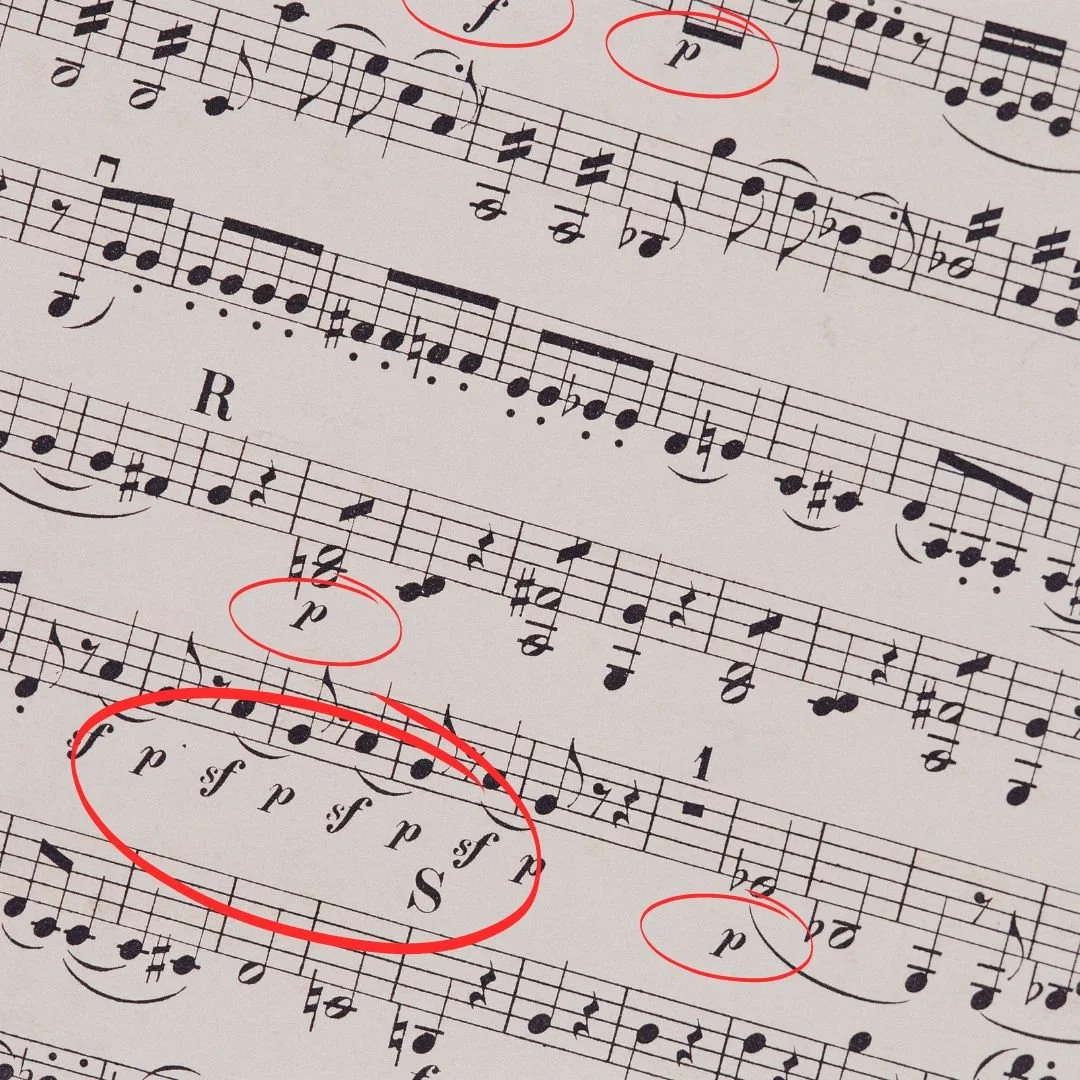Dynamic Markings in Music: A Beginner’s Guide
Understanding Dynamic Markings in Music
Dynamic markings are one of the first concepts music students encounter when they start learning to read sheet music. These symbols tell musicians how loudly or softly play, helping them bring emotion and contrast to the music. Whether you’re learning the piano, guitar, or any other instrument, understanding dynamic markings is crucial to playing music with expression and feeling.
What is Dynamic Marking?
Dynamic markings are symbols or words in sheet music that indicate changes in volume. They guide musicians to play softer or louder at specific points in a piece. By following these markings, you can bring the music to life, making it more engaging and enjoyable for the audience. For beginners, learning the basic dynamic markings lays the foundation for expressive performances.
Why are Dynamic Markings Important in Music Lessons?
When you first start music lessons, reading and playing music may feel a bit mechanical. You focus on hitting the right notes and playing at the right tempo. However, music is much more than that—it's about communicating emotions and telling stories. That’s where dynamic markings come in.
Here are a few reasons why dynamic markings are essential for beginners:
Emotional Expression: Dynamics allow musicians to express feelings like excitement, sadness, or joy in their performances. Whether you’re playing softly to create a calm mood or loudly to convey excitement, dynamics help make the music emotional and engaging.
Improving Musical Control: Learning to play different dynamics helps you develop better control over your instrument. Whether you’re learning how to play louder passages on the piano without losing clarity or playing a soft guitar strum with precision, dynamics enhance your technical ability.
Understanding Music Better: Dynamic markings reveal the composer’s intent and the mood of the piece. By paying attention to dynamics, you’ll understand the story behind the music and perform it more accurately.
Laying the Groundwork for Advanced Skills: Mastering basic dynamic markings is a stepping stone for more advanced music techniques. As you become more comfortable with them, you’ll be prepared for more complex dynamics that add even more expression to your playing.
Common Dynamic Markings for Beginners
As a beginner, you’ll encounter these dynamic markings in your music lessons. These are the core symbols that help you start playing music with expression:
Definitions of Common Dynamic Markings
Pianissimo (pp): This means "very soft." When you see this marking, it’s your cue to play as quietly as possible, creating a gentle and delicate sound.
Piano (p): Simply means "soft." Play softly but with enough volume to be heard clearly.
Mezzo-piano (mp): This means "moderately soft." It’s a step above piano but still on the quieter side, giving the music a more controlled and restrained sound.
Mezzo-forte (mf): Meaning "moderately loud," this is your middle ground between loud and soft. It’s often the default dynamic for much of a piece of music.
Forte (f): "Loud" means playing with energy and power. It’s used to emphasize stronger sections of the music.
Fortissimo (ff): This means "very loud." You play as loudly as possible, often in dramatic or climactic parts of the music.
Why Beginners Should Learn These Dynamic Markings
In your early music lessons, learning these dynamic markings helps you play with expression and adds depth to your music. Even if you're just starting, these simple dynamics can transform a piece from flat and mechanical to lively and emotional. Mastering them early will also make it easier to pick up more complex dynamics and techniques as you advance in your music education.
Practice Tip for Beginners:
Pay Attention to Dynamics: When you practice a piece of music, make sure to focus not just on playing the correct notes but also on following the dynamic markings. It might feel tricky at first, but with time, you’ll learn to make the soft passages feel calm and the loud ones feel powerful.
Experiment: Try playing a section of your music with different dynamics. Play it softly and then loudly. You’ll notice how much the feel of the piece changes!
There’s More to Explore in Dynamics!
While these are the most common dynamic markings for beginners, there are still many more advanced dynamic and expressive markings that you will learn as you progress in your music lessons. Markings like sforzando (sf), crescendo (cresc.), and diminuendo (dim.) add even more complexity and drama to a performance, allowing for even greater emotional depth.
Our experienced music teachers will guide you through the basics and help you master all the nuances of dynamics in music.
If you’re excited to dive deeper and learn more about these advanced markings, we invite you to sign up for music lessons at NUVO Music School!

